Other Types of Orthodontic Treatment
Two-Phase Treatment
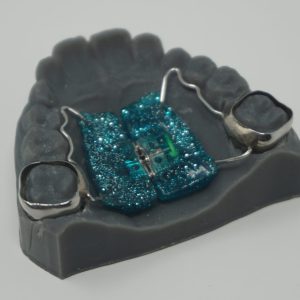
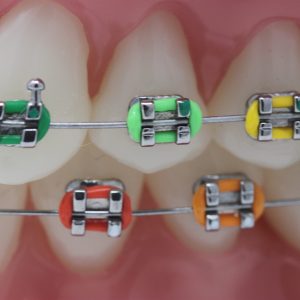
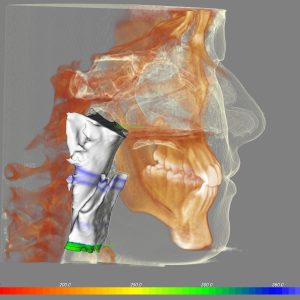
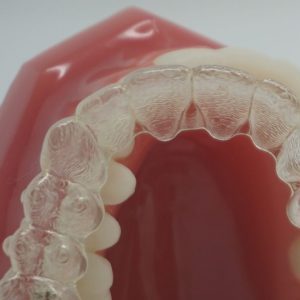
Two-phase orthodontic treatment refers to orthodontic treatments done in two stages at two different times.
Some dental issues that require orthodontic attention can be detected even before a child has all of their permanent teeth. In these cases, starting treatment early or implementing a two-phase approach can be the most effective way to correct problems and prevent future ones. Two-phase treatment takes advantage of predictable dental development and physical growth stages to help achieve the healthiest results.
Two-phase orthodontic treatment is not recommended for all children.
While specific orthodontic issues may require two-phase treatment, most orthodontic problems can be treated in one phase of comprehensive treatment. However, if Dr. Wirant recommends a two-phase approach, it means that Phase I treatment is necessary or beneficial to help achieve a healthy and functional bite. After Phase I is complete, a child’s growth and tooth eruption will be monitored until they are ready to start Phase 2 orthodontics at a later time.
Phase I of a two-phase orthodontic treatment begins when a child still has some baby teeth.
To ensure space for permanent teeth or guide jaw growth, a two-phase treatment begins when your child has a mixture of baby and permanent teeth. An appliance used in Phase I care could be a form of braces, a fixed appliance (such as an expander), or a removable appliance. The need for early braces or the type of appliance used depends on the individual patient’s needs. In some cases, baby teeth may need to be removed to clear a path for the permanent teeth. Depending on your child’s unique situation, your Dr. Wirant will recommend the best course of action.
Moving baby teeth is not done for the sake of your child’s short-term appearance.
Two-phase orthodontic treatment is reserved for problems most effectively resolved while a child is still growing. While baby teeth can move during Phase I interceptive orthodontic treatment, their movement is part of the process to ensure sufficient space for permanent teeth. Phase 2 treatment will straighten their permanent teeth for a beautiful and healthy smile.
A resting period follows Phase I orthodontic treatment.
After the first phase of treatment is completed, your child will typically get a break before starting phase two. The break between treatments allows for the natural growth and development of the jaw and teeth, giving any remaining permanent teeth the chance to erupt naturally. The resting period also allows your orthodontist to evaluate the changes from the first treatment phase and plan the second phase accordingly.
Phase 2 of orthodontic treatment typically begins once most permanent teeth have erupted.
While the first phase primarily aims to create a better environment for the permanent teeth, the goal of Phase 2 treatment is to ensure teeth are in their proper places for good function, a healthy bite, and a pleasing appearance. This second phase is where “traditional” orthodontic treatment occurs, using appliances such as braces or aligners to straighten teeth and align jaws.
Discover the Best Treatment for Your Child at John M. Wirant, D.M.D. Orthodontics.
Dr. Wirant is an ABO Board-Certified Orthodontist and a member of the American Association of Orthodontists.
Whether your child needs two-phase treatment or a single, comprehensive stage of treatment, Dr. Wirant—an AAO orthodontist—can give your child a healthy, beautiful smile. The American Association of Orthodontists recommends that all children have their first check-up with an AAO orthodontist no later than age 7.
When you choose an AAO orthodontist for orthodontic treatment, you can be assured that you have selected a trustworthy orthodontist. Like their medical counterparts who study their specialty areas after their general medical education, orthodontists study orthodontics and dentofacial orthopedics after completing their general dental education. Only bona fide orthodontists get to be members of the American Association of Orthodontists, ensuring your child receives the best expert care available.
Airway Orthodontics
Traditional orthodontics focuses on teeth alignment for aesthetics and function, while airway-focused orthodontics also addresses how oral and facial structures affect breathing and overall health. Orthodontic problems can impact more than just your mouth—issues like sleep apnea or teeth grinding can stem from airway obstructions.
Recent advancements in orthodontics allow for early intervention, especially in children, to detect and prevent airway issues before they become serious. Treatment may involve expanding the upper jaw, advancing the lower jaw, or modifying facial structures to improve the airway. Additionally, we may also need to create space for adult teeth to emerge.
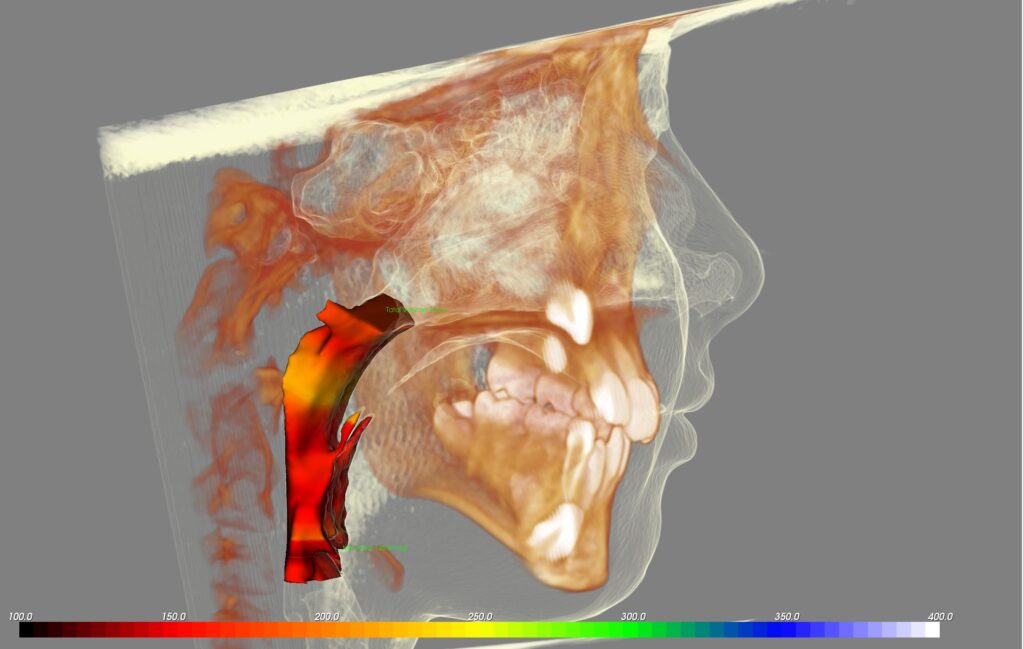
Retainers and Mouthguards
Orthodontic Retention
After orthodontic treatment, keeping your teeth in their perfect position with a retainer is key to lasting results!
At John M. Wirant, D.M.D. Orthodontics, we offer a few different options for retainers upon completion of your treatment. Dr. Wirant and his team can help you choose the one that’s right for you.
Removable Retainers
Removable retainers look like clear aligners but don’t apply pressure to shift teeth—just enough to keep them in place. They offer several advantages, like being able to remove them while eating, brushing, or during daily activities. After wearing this type of retainer full-time for the recommended period, most patients can switch to wearing it only at night.
Fixed Retainer
Fixed retainers involve a thin wire that is permanently attached to your teeth. They are designed to stay in place 24/7 and can only be removed by a professional.
Mouthguards
Mouthguards are essential for anyone playing contact sports, protecting teeth and jaws from injury. Be sure to ask Dr. Wirant and his team about our retainer and mouthguard options after your orthodontic treatment is complete to protect that beautiful, straight smile!
Cleaning Your Retainer, Aligners or Mouthguard
It’s essential to clean your retainer, aligners or mouthguard on a regular basis to avoid bacteria growth in your device.
Retainer or Aligner Care
It’s best to rinse your retainer/aligner with lukewarm water after eating or drinking, then gently brush it with a soft toothbrush and mild, non-abrasive soap or toothpaste. Avoid using hot water or strong chemicals, as they can damage the material.
For a deeper clean, soak in a solution of water and mild disinfecting tablets (like those designed for dentures or retainers.)
Mouthguards
Care for mouthguards depends on the type you have, but generally you should rinse them with cold water after every use and leave them to air dry before storing them. You can also clean a mouthguard with mild soap or an antibacterial solution.
During treatment, we will supply a mouthguard if you need one. After finishing treatment, Dr. Wirant can answer your questions concerning mouthguards to keep your smile intact.
TIME TO shine
Get started with YOUR new smile TODAY!
Get started with YOUR new smile TODAY!
TIME TO
SHINE
Get started with YOUR new smile TODAY!
John M. Wirant, D.M.D. Orthodontics 2025